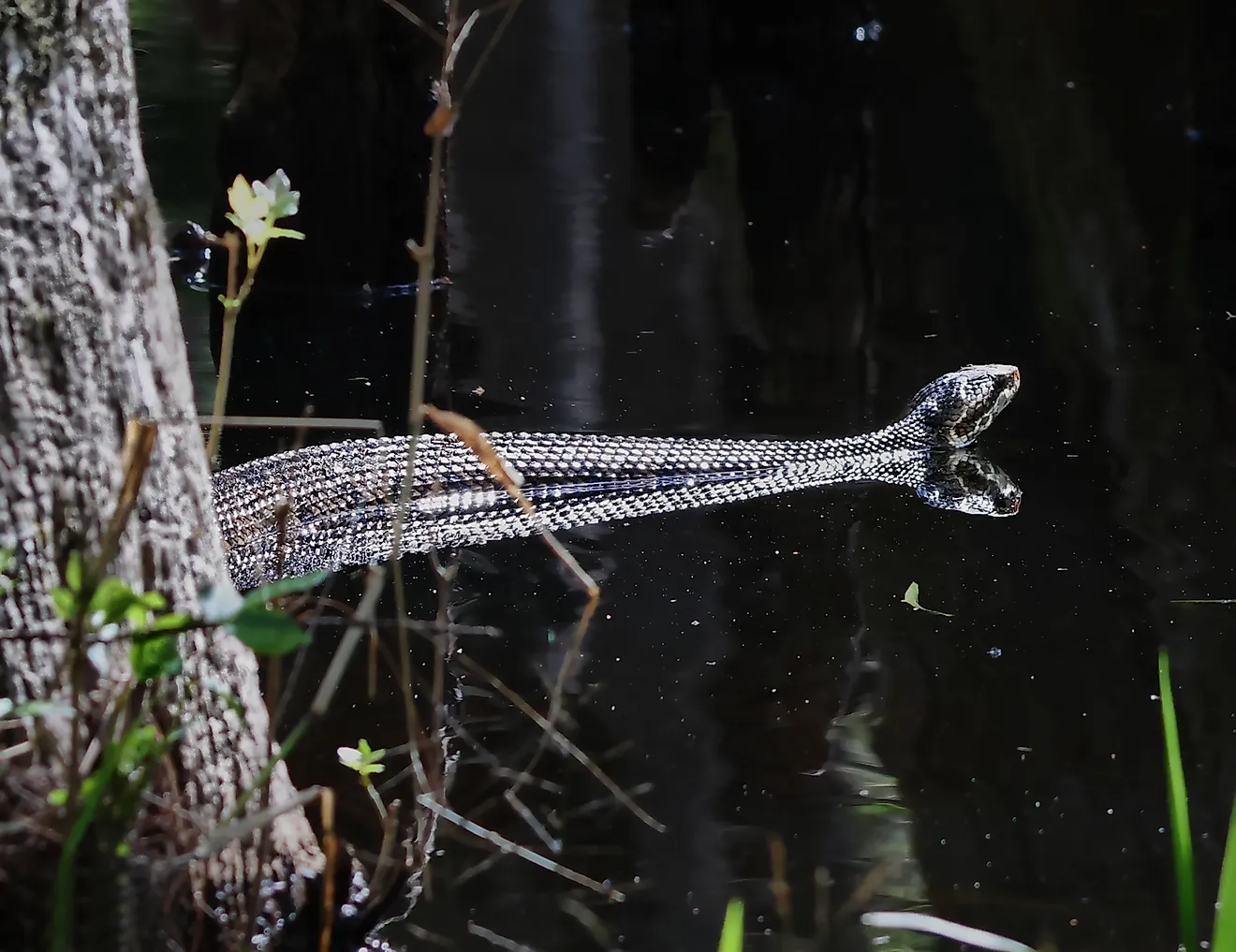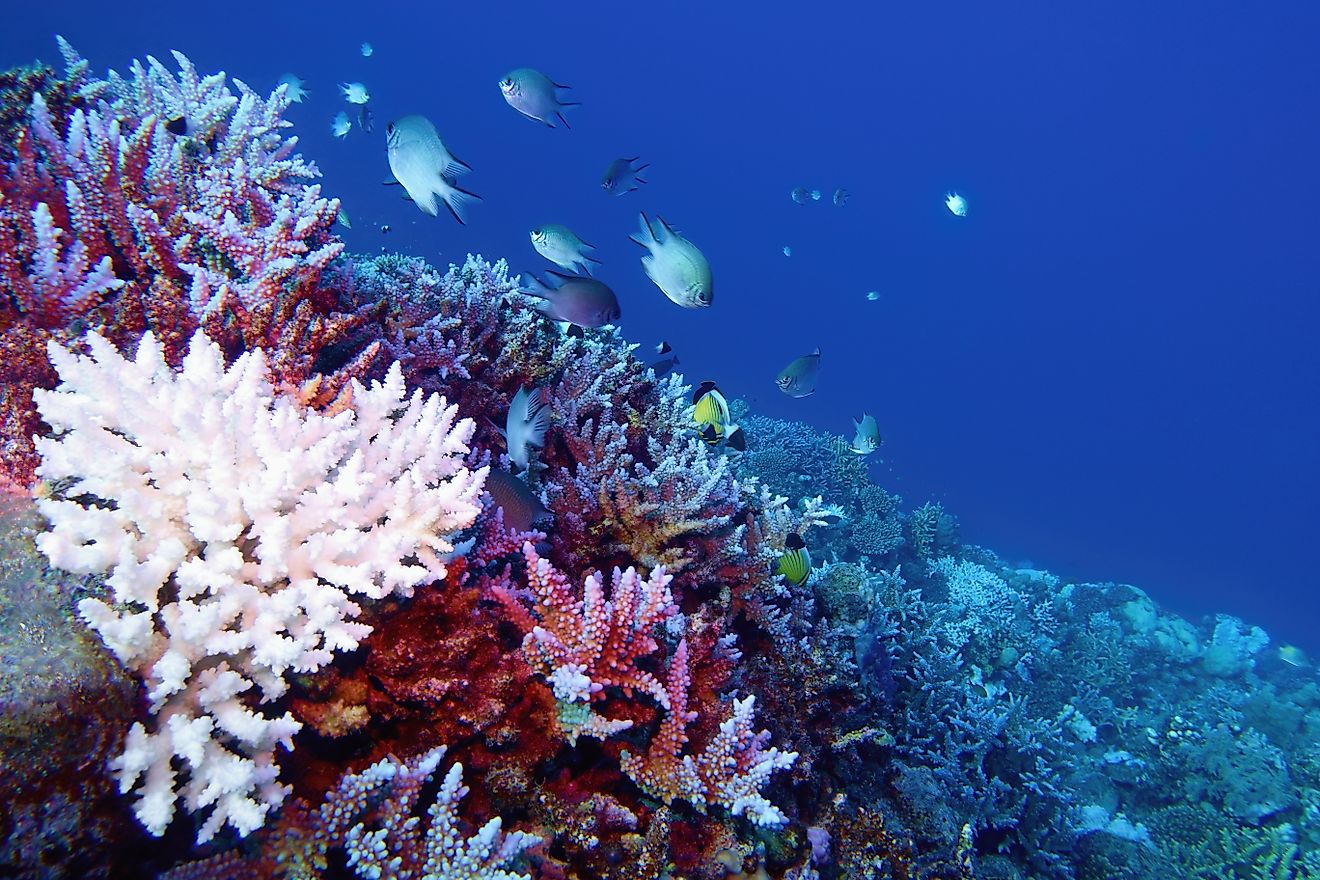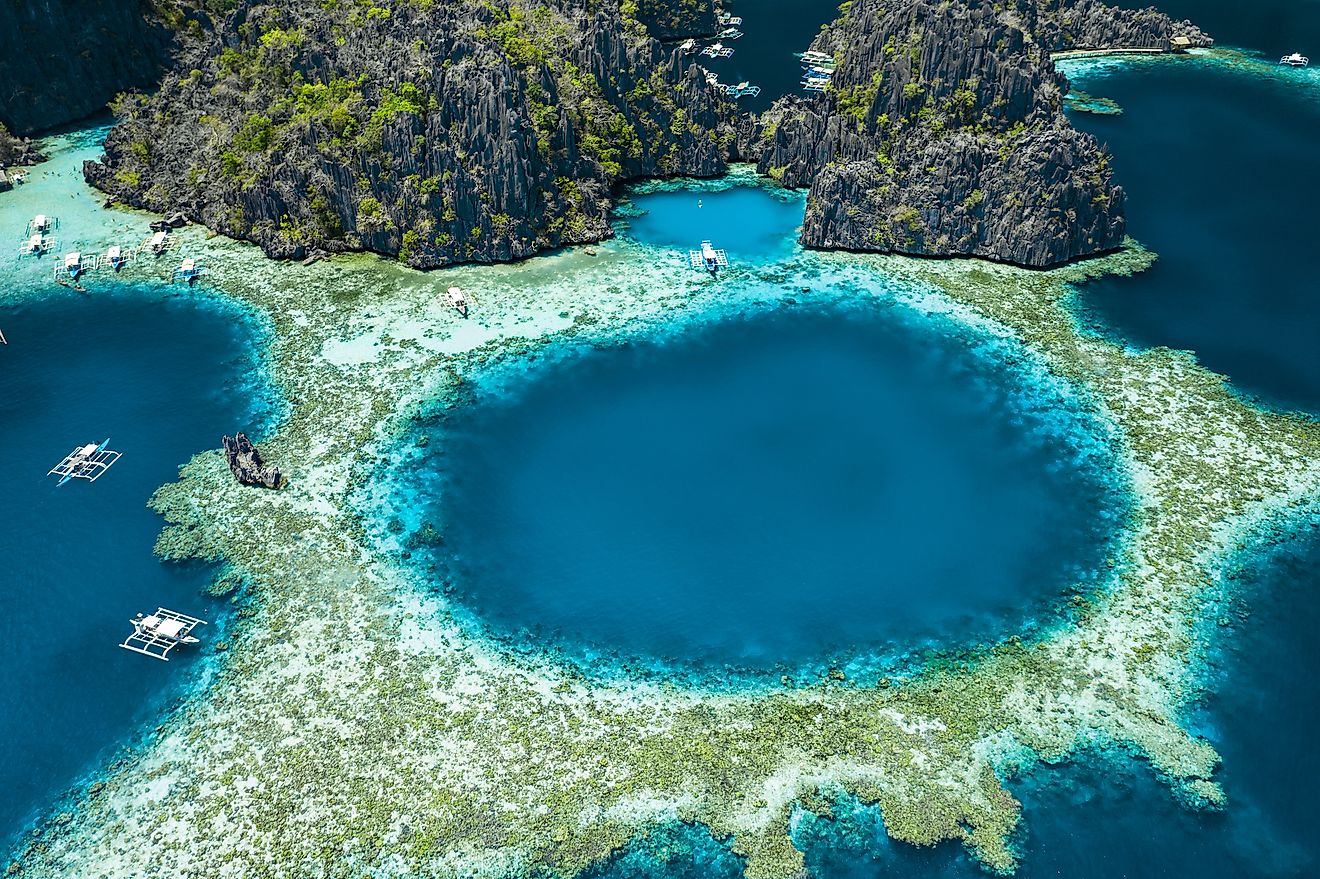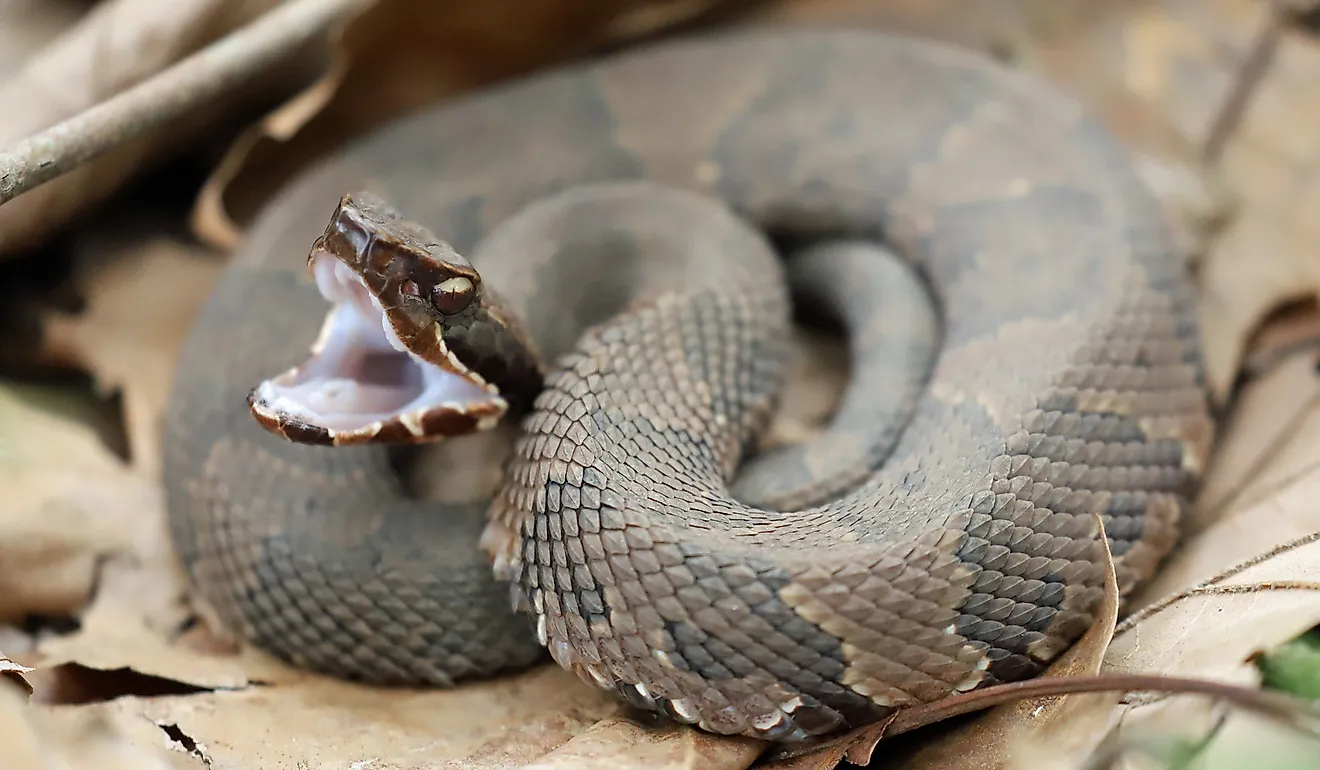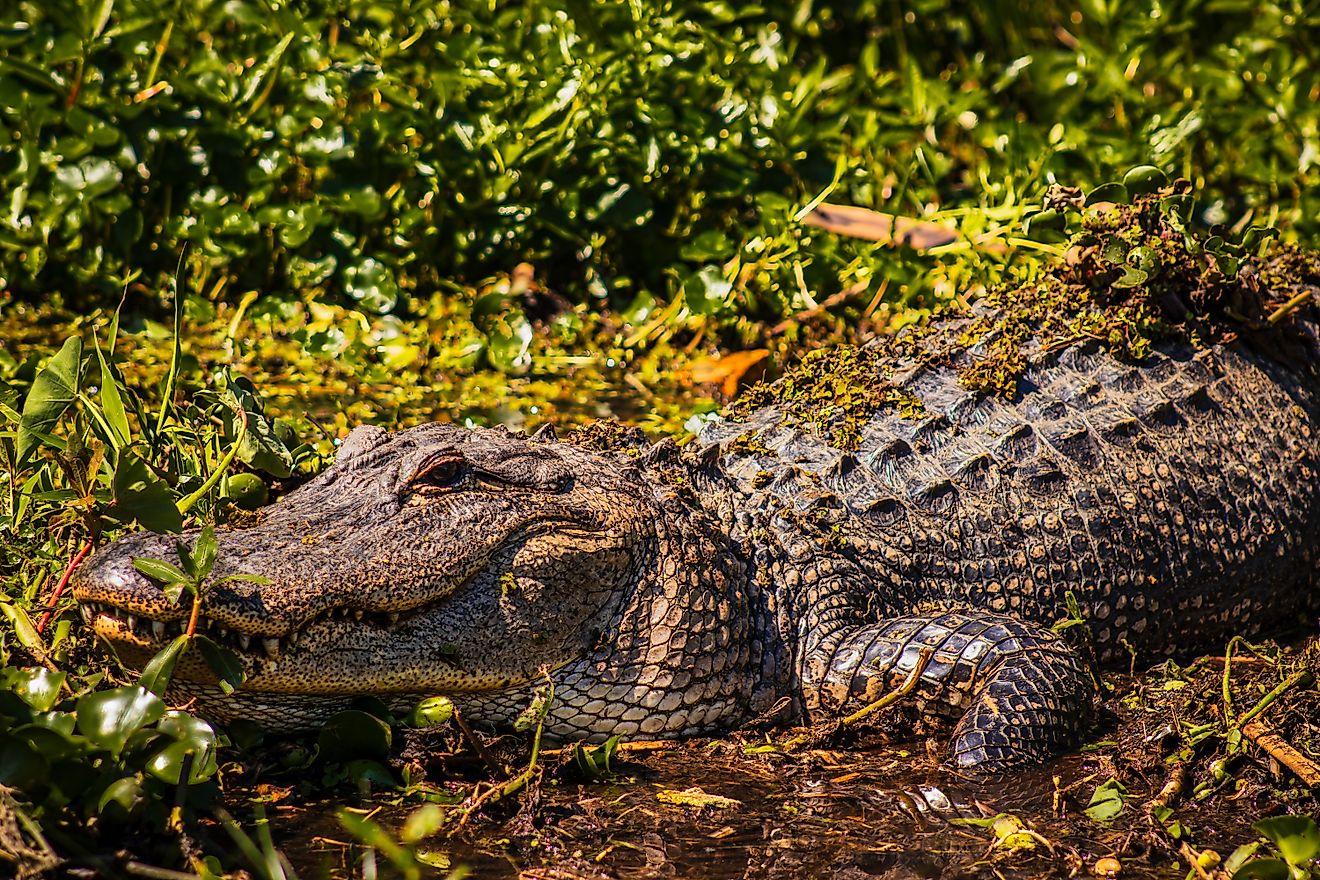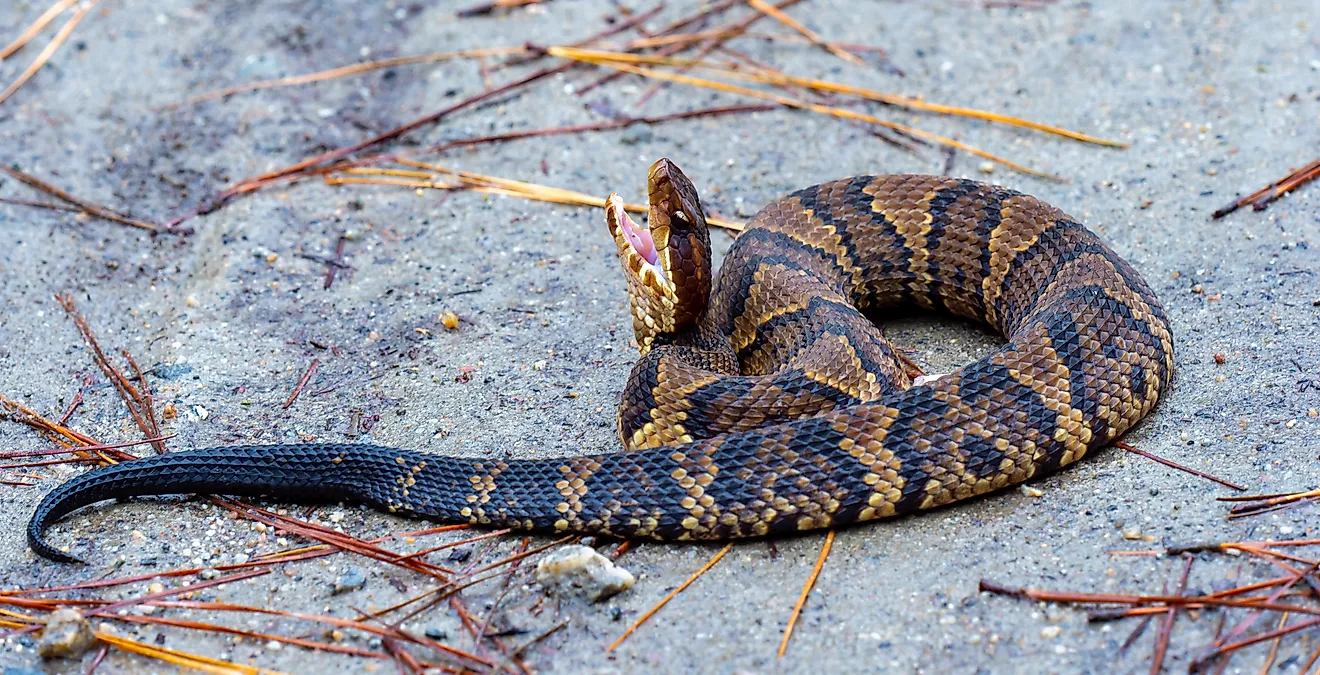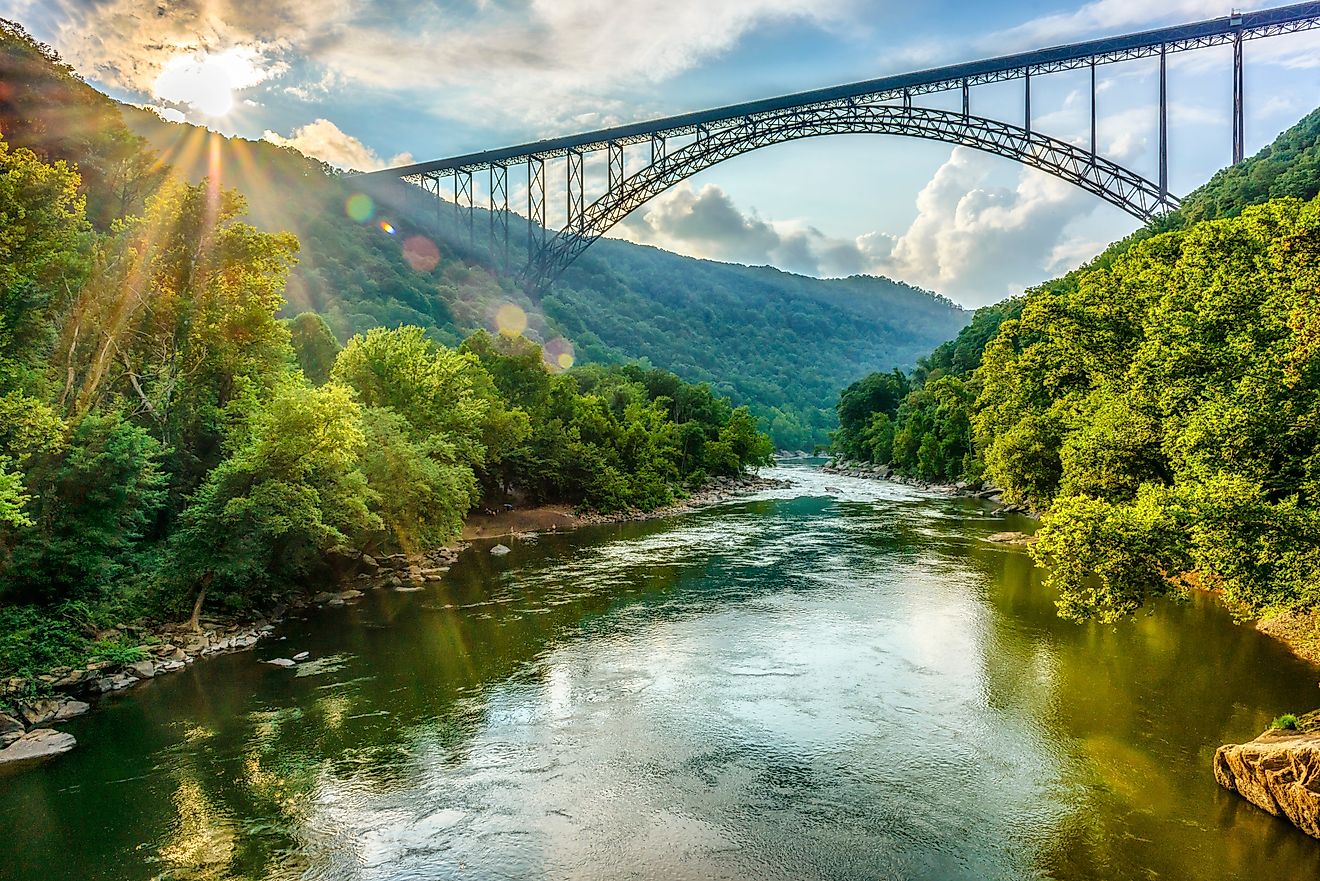
3 Of The Most Snake Infested Rivers In Nebraska
Nebraska’s Platte River is famous for hosting over 600,000 migrating sandhill cranes annually, but something else may be hiding in Nebraska’s waterways. Despite being a landlocked state, Nebraska, which lies within the Missouri River drainage system, has more than 79,000 miles of river. The state is also home to more than 29 different species of snake. Some species are found across Nebraska, whereas others are only present in sections of the state, including its rivers.
Platte River
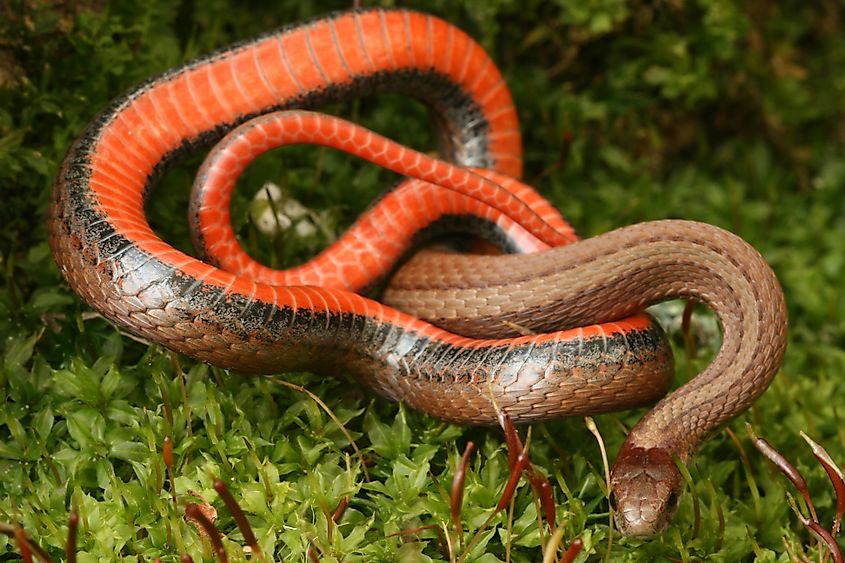
The Platte River is the major Nebraska tributary, and although it is shallow and largely unnavigable, it is vital to the state’s irrigation. The river is formed by the confluence of the North Platte River and the South Platte River, and it flows through Nebraska for 310 miles before it joins the Missouri River in Plattsmouth, about 20 miles south of Omaha.
The red-bellied snake (Storeria occipitomaculata) is relatively uncommon in Nebraska, but it does occur in isolated populations along the Platte River. These snakes are found in prairies and other grasslands, such as savannas; however, more often than not, they occur in areas with wetlands. They are a fossorial species, meaning they spend most of their time underground, or, in moist woodlands, beneath rocks and logs. Their diet primarily consists of slugs, earthworms, beetle larvae, and snails.
Garter snakes are also common in the Platte River Valley, though some species are better adapted to the river than others. The red-sided garter snake (Thamnophis sirtalis) occurs throughout the area and is abundant in the Platte Valley in the marshes adjacent to the river, while the plains garter snake (Thamnophis radix) is more commonly present in the sandhills and less likely to be encountered in microhabitats along rivers, as it is better adapted to dry conditions.
Niobrara River
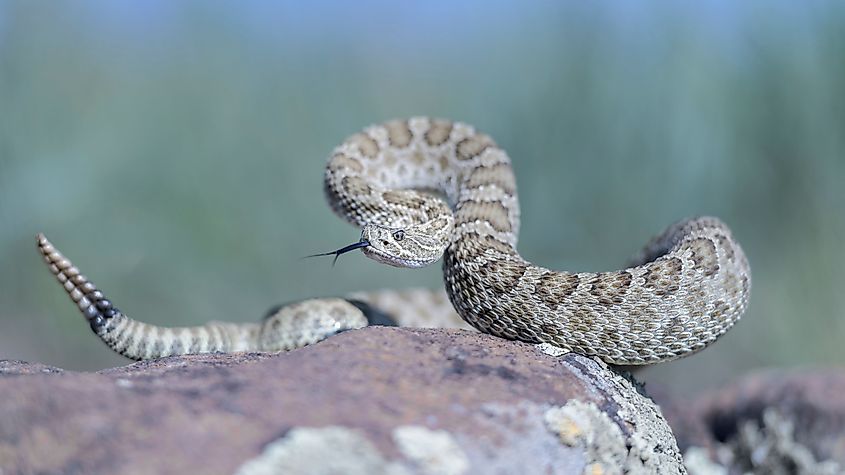
The Niobrara River rises across the border in Wyoming and flows across extreme northern Nebraska. From there, it runs east across the High Plains, the northern edge of the Sand Hills, and the eastern plains of Nebraska to join the Missouri River near the village of Niobrara after a total of approximately 430 miles.
Thirteen species of native snakes are found in the Niobrara River Valley of Nebraska, including the venomous prairie rattlesnake (Crotalus viridis). Prairie rattlesnakes occur in the mixed grass and short grass prairies, specifically in areas with rocky mesas and canyons, and on riverside cliffs. These snakes are usually found in association with prairie dog towns as well, where they will often use prairie dog burrows as hibernation areas.
The bull snake (Pituophis catenifer), which is Nebraska’s largest species of snake and can reach up to 70 inches long, is also known to frequent the Niobrara River area. While they predominantly inhabit sandy prairies and grasslands, they can also be found in areas with rocky outcrops adjacent to the river, where they may consume bird eggs, including those of ground-nesting species near the river.
Republican River

The Republican River is formed by the confluence of the North and South Forks of the Republican River. It flows eastward through Swanson Lake past the towns of McCook, Red Cloud, and Superior before turning southeastward through Kansas to unite with the Smoky Hill River to form the Kansas River after a total course of 445 miles.
The northern watersnake (Nerodia sipedon) is commonly seen along the Republican River. It spends much of its time basking in the sun on branches and overhanging logs near the water. These snakes are found in a variety of aquatic habitats, from fast-flowing rocky streams and rivers to swamps, lakes, and marshes. They feed primarily on fish but are also known to eat amphibians, like frogs and toads.
The eastern hognose snake (Heterodon platyrhinos) is found along many Nebraska rivers, including the Republican River. The species mostly inhabits river floodplain and riparian forests, or sandy streams and rivers bordered by cottonwood forests, where its exclusive diet of frogs and toads is also found. While not fatal to humans, this snake is rear-fanged and has a mild venom it uses to subdue its prey.
Recreate Safely On Nebraska Rivers
Nebraska is a favorite destination for outdoor enthusiasts and even has its own unique form of floating, known as tanking, in which locals and tourists alike travel the river atop livestock water tanks while they bask in the sun. But be careful when setting sail or exploring Nebraska's waterways. While most snakes in Nebraska are nonvenomous, prairie rattlesnakes could be hidden in rocky crevices at the side of these snake-infested Nebraska Rivers.


